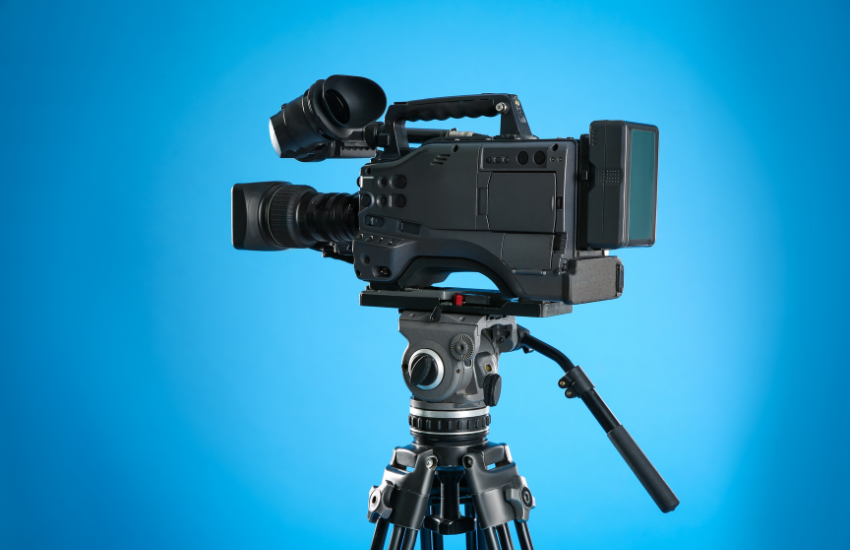To Whom should we express our gratitude for the remarkable creation of motion cameras?
The invention of the motion camera is not attributed to a single individual but rather the result of incremental advancements by multiple inventors and pioneers over time. Eadweard Muybridge is one of the most notable contributors to the development of motion cameras and motion pictures.
Eadweard Muybridge, an English photographer and inventor, is often credited with pioneering the study of motion using photography. In the late 19th century, he conducted experiments to capture the movement of animals and humans in action. His most famous experiment involved using multiple cameras to photograph a galloping horse, proving that all four hooves leave the ground simultaneously at specific points during the gait.
Muybridge’s work laid the foundation for the development of motion pictures. His experiments with sequential photography demonstrated the possibility of capturing and reproducing motion through a series of still images. This concept later evolved into the creation of motion picture cameras and projectors.
Another significant figure in the history of motion pictures is Thomas Edison. He and his team developed the Kinetoscope, which allowed individuals to view moving images through a peephole. Edison’s invention marked an essential step in commercializing and popularizing motion pictures.

However, filmmaker and writer Paul Fischer convincingly argues in his book “The Man Who Invented Motion Pictures: A True Tale of Obsession, Murder, and the Movies” that the true pioneer was Louis Le Prince, not Edison. Fischer asserts that, on October 14, 1888, after dedicating four years to his endeavor, Le Prince gathered three relatives and a companion to perform as actors at his residence in Leeds, England. Utilizing a manually operated camera, he captured their movements in a garden.
Being the most ancient surviving film, Roundhay Garden’s Scene seemingly supports the idea that Le Prince deserves recognition as the creator of the inaugural movie camera. Nevertheless, the assertion of his precedence remains a subject of debate. Before patenting his invention and embarking on a tour across America with it in September 1890, Le Prince mysteriously disappeared.
When Edison’s device was unveiled a few years after his disappearance, Le Prince’s wife quickly moved from grief to resentment towards Edison, as she was convinced that he had appropriated her husband’s concepts and potentially played a role in his murder. To date, this remains one of the myths in motion camera history. We can all take heed to this piece of history as another cautionary tale- emphasizing the need to protect your intellectual property as soon as possible.
Despite this, it’s essential to acknowledge that the invention of the motion camera was a collaborative effort involving various inventors, photographers, and engineers. As technology advanced, many others contributed to refining and expanding the capabilities of motion cameras, eventually leading to the birth of the film industry and the modern film camera we know today.


